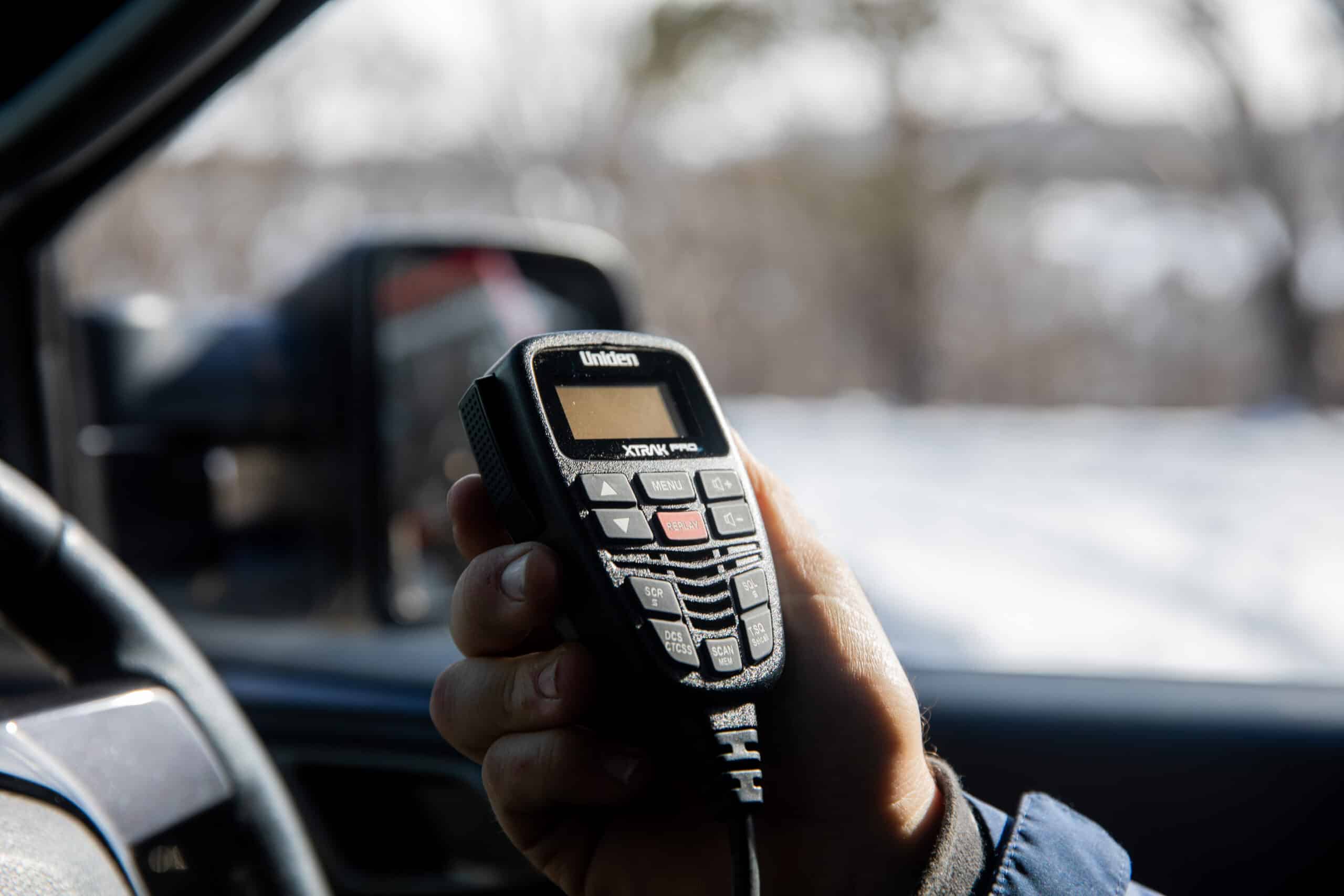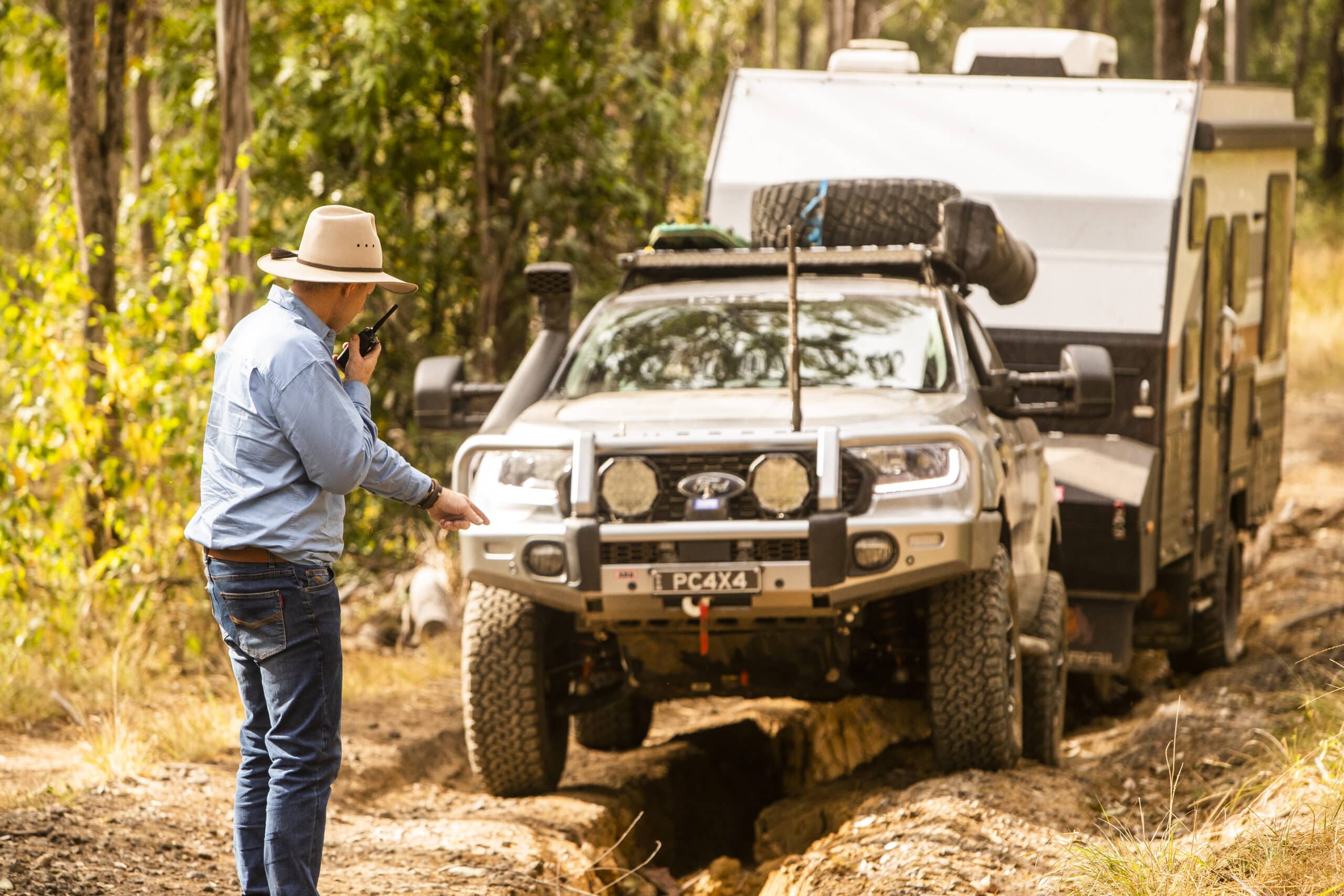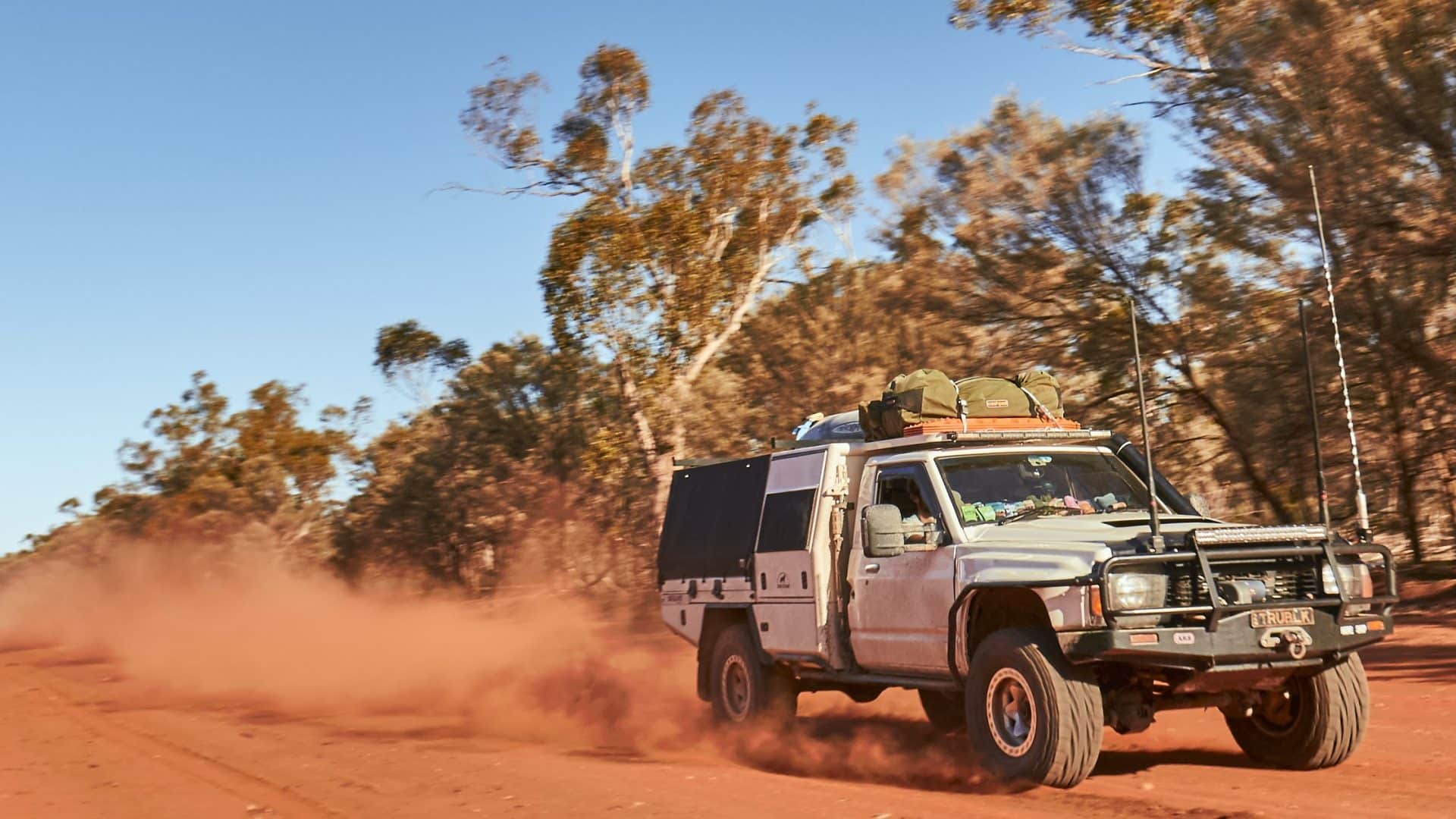Advertisement
Advertisement
Lockdown got you loopy and you’re eyeing off some goodies for your next 4×4 adventure? Between the brands, tech talk, and internet myths it’s easy to get confused in the world of UHFs. Every owner trying to justify why whatever they bought is the correct setup for everyone else. To help new comers to the 4×4 scene a little base knowledge to work with we’ve put together the following guide on the ins and outs of UHFs and how to get the setup that works best for your needs.

UHF and CB are two terms used almost interchangeably but they don’t exactly mean the same thing. As radios were predominantly developed for military use, when the general population wanted to start using them they were assigned set low-power channels they could use, resulting in what is known as CB, or Citizen Band.
UHF is just a type of frequency of CB radios. UHF stands for Ultra High Frequency. HF, or High Frequency, and VHF, or Very High Frequency, are two other types, although far less prevalent.
Like most technology, UHF radios weren’t invented in a vacuum. They were built on ideas that many people the world over were experimenting with at the time, but ultimately gets attributed to one man. Italian inventor Guglielmo Marconi is widely considered to be the father of the radio, sending morse code messages wirelessly way back in 1895. From there the concept and technology were developed with more powerful systems being able to transmit and receive voice and even music in the early 1900s. Slowly in the U.S. citizens started using unauthorised radios and it filtered through with Aussies using U.S. radios.
Finally the Aussie government started governing the hobby in the 1970s which has eventually led to us having our own market and a thriving industry around it.

When you’re shopping for a UHF you’ll need to make the decision between a vehicle mounted setup, or a hand held unit. Both have their pros and cons.
A vehicle mounted setup will never run out of power as long as your 4×4 is on. With external aerials mounted up high and using the maximum legal power of 5w they’ll outperform most hand helds you can find. Modern units are also compact and feature laden. The downside is they’re stuck with the car, if you’re off on foot you won’t be able to take it with you. They’re all on the high end of the budget too.
By comparison, handheld units are dirt cheap, can be swapped between vehicles, and taken with you if you’ll be away from the vehicle. The downside is they’re rarely anywhere near as powerful as a vehicle mounted unit, and they can run out of batteries, which isn’t ideal.
The antenna you fit to your UHF plays just a large part in the performance of your comms as the UHF itself. Put short, the signals your radio sends aren’t like a pin point laser, they go out in patterns, and the gain of the antenna (measured in DB) dictates what the pattern is. Lower DB antennas go out in an almost circular shape, higher DB thin out into an oval. It’s a little like the focus ring on a torch.
That circle shape won’t travel real far, but it’ll more easily punch through trees and get your message out in hilly terrain. The almost pencil beam of a higher DB antenna will go much further, but is more easily influenced by elevation changes and angles. If you’re travelling the flat outback highways a higher DB will get you further. If you’re spending your weekends in the hills a lower DB antenna will be better suited.

The last 5-10 years have seen some pretty significant advancements in the land of UHFs. In an effort to stand out from the crowds, manufacturers have added a whole host of tech features. While they may seem like gimmicks, they can greatly improve the usability of your UHF.
Bluetooth Connection
A hotly contested market segment at the moment, Bluetooth connectivity allows your UHF to link up to your smartphone and access its GPS signal then send it with your broadcast. It’ll mean you can look at a map and see exactly where everyone in your convoy is
Message Repeating
Didn’t quiet catch that last message? No dramas. Modern UHF radios allow you to reply the last message received with the press of a button. We’ve used this feature to go back and listen to messages received days before hand.
Dual Antenna
Different antennas have different strengths and weaknesses when it comes to sending and receiving signals. Some UHFs on the market allow you to run dual antennas into the one UHF and send or receive based off what’s working best for the terrain you’re in.
Dual Receiving
There may come a time when you want to listen to two channels simultaneously. Some UHFs on the market will allow you to monitor one channel, while chatting away with your mates on another.
In depth look at what Antenna you need – Unsealed 4×4